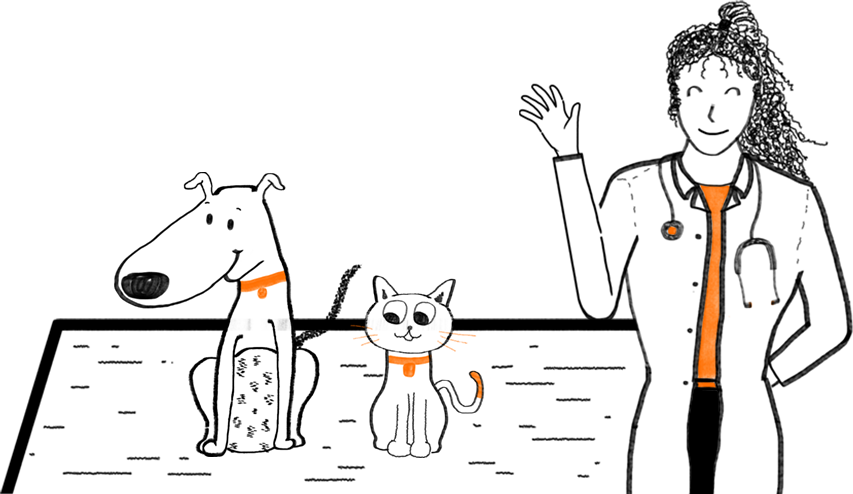March 31, 2021

While the common yeast or fungal growth on a dog's skin is quite normal and causes no problems, it can proliferate and cause disease when there is a change in the dog's underlying health.
As the dog's ear is covered with skin, it can also be affected by fungal or yeast infection called Malassezia pachydermatis, which can cause inflammation of the outer ear canal known as otitis externa.
The most common underlying factor leading to bacterial ear infections are allergies, which can cause the skin lining the ear to become inflamed. The ear is more susceptible to the signs of inflammation than many other parts of the body as it has not evolved well ventilation-wise.
The external canal is a long L-shaped tube leading to the eardrum, a membrane which separates the outer ear from the delicate hearing and balance organs beneath.
With otitis, there is a change in the ear's micro-climate, boosting the local temperature and humidity in the ear canal and providing a perfect environment for yeast to multiply.
Factors that may lead to yeast ear infection
Other factors affecting the ear's local environment, such as excess ear wax, a foreign body like a grass seed, ear mites, frequent swimming, or concurrent bacterial infections can also lead to yeast ear infections.
Dogs with narrow ear canals (like Shar Peis), hairy ear canals (like Poodles) or floppy ears (like Spaniels), have an increased likelihood of ear disease due to reduced ventilation of their ear canals. It is common for dogs to have both bacterial and yeast infections at the same time.
The symptoms seen with a yeast infection are similar to those of other ear diseases which include rubbing the ears, shaking the head, tilting the head to one side, hearing loss, a red and painful ear, or a malodorous discharge. It is advisable to consult a veterinarian and have the problem diagnosed and treated correctly when symptoms start to show.
Your veterinarian will most likely look down the ear with an otoscope to check whether the eardrum is intact, then put an ear swab under the microscope to try to identify the type of bugs present. The veterinarian may send a sterile sample to a laboratory to culture any bacteria and then check which antibiotics are effective in killing them.
Treating yeast ear infection
Pet Shed's most popular solutions for treating your pet's ear infections:
Depending on the severity of the infections, your veterinarian may recommend medicated ear drops, ear cleaners, oral antibiotics, or anti-inflammatories (or a combination of these) to treat the disease. Sometimes, it is necessary to anesthetize the dog to clean out the ear canal properly so that home treatment will be effective. It may also be necessary to remove a grass seed or other foreign body from the ear so it can start to heal.
If the dog has a ruptured eardrum, many of the topical preparations cannot be used as they are potentially harmful to the hearing and balance organs and could cause deafness.
Ear drops containing antifungal ingredients such as clotrimazole in Otomax or nystatin in Panalog, are commonly prescribed, often in association with ear cleaners featuring anti-fungal properties.
Many of the organic acids in ear cleaners are useful for this purpose. The combination of two percent boric acid with two percent acetic acid has been found to be particularly effective in studies for Malassezia. One example is DermaPet's MalAcetic range of cleaning solutions and wipes.
Once the initial yeast infection flare-up is resolved, Dermapet Malacetic Otic may be suitable to keep the condition under control as maintenance therapy which shall be done once weekly. Severe infections may warrant an oral antifungal therapy in addition to the topical treatment. Human products are often used in an off-label manner by veterinarians as there are currently no effective approved animal drugs available.
Ear disease can be very frustrating to fight. It is much easier to cure the problem the first time it occurs as chronic ear disease can cause the ear canal walls to harden and thicken, meaning the canal opening becomes even narrower and less ventilated. Make sure you follow your veterinarian's instructions carefully; treat according to the required number of times each day at the correct length of time to avoid a relapse.
